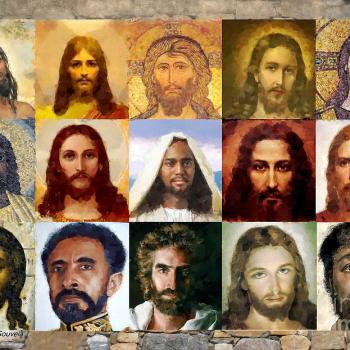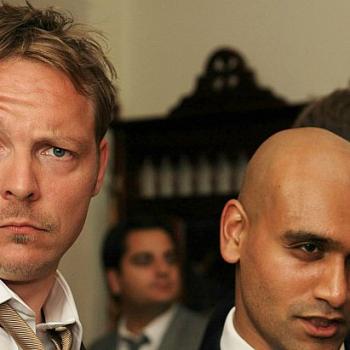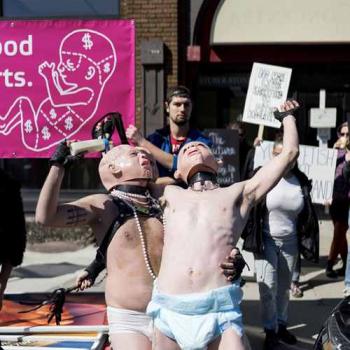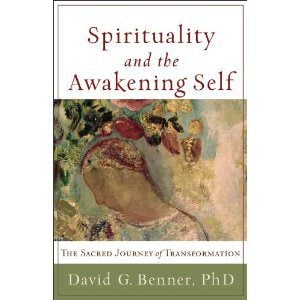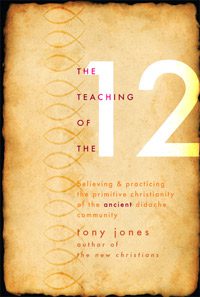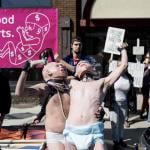(This post is part of a Symposium at Patheos on The Future of Seminary Education.)
After earning a B.A. in Religion and Philosophy from Furman University in Greenville, South Carolina, I graduated in 2003 with a Master of Divinity from Brite Divinity School in Fort Worth, Texas, which is affiliated with the Christian Church (Disciples of Christ). I am currently in the final stages of revising my dissertation for the Doctor of Ministry program at San Francisco Theological Seminary.
After divinity school, I worked first as an associate pastor for seven years, and I am now more than a year into a call as a solo pastor at a new church start. In both these positions, I have often been grateful for all the information I received about the historical-critical study of the Bible, the history of Christianity, and frameworks for practical theology, to name a few. However, I have increasingly noticed the difference between the sheer amount of information I was asked to learn in seminary and the relative paucity of formation I received.
By “information,” I mean theoretical, book-centered facts, figures, and methods. By “formation,” I mean embodied, action-oriented practices of living a Christian life. For example, in seminary we spent a lot of time talking about God’s preferential option for the poor (information), but we spent much less time giving food to the hungry, offering drink to the thirsty, clothing the naked, and visiting the sick and imprisoned (formation). I would look to resources such as liberation theologian Paulo Freire’s book Pedagogy of the Oppressed for how seminaries in the future may be more intentional about cultivating a praxis model. Rooted in Aristotle’s philosophy, a praxis model oscillates between abstract theory and embodied practice, allowing each of these poles to influence each other. Thus, theory is refined from experience in the field, and experience in the field is, in turn, modified based on revised theory.
A notable exception to this disparity between information and formation was the first part of my Doctor of Ministry program, which was a Diploma in the Art of Spiritual Direction. This program was intentionally designed to be equal parts theory and practice. The first part of each day was a theory-based lecture, generally with a speaker in the front of the classroom and the students in rows. The afternoons were markedly different. We broke into small groups, sat in circles, and put the theories we had heard discussed into practice. Each day also began with a contemplative prayer service in the morning and ended with a contemplative Communion service in the evening. Almost all of the students and faculty attended both of these services. In contrast, many seminaries have only one chapel service per week.
A related issue should be raised here as well. Whereas all of the faculty in my spiritual direction program were experienced spiritual directors and practiced spiritual direction for us and with us, it was not always evident that my seminary professors were active participants in the church, even though a primary purpose of seminary is to form future leaders of the church. Likely many more of my professors were more actively involved in the local church than I knew, but we could have benefited from more regular sharing of how our professors personally integrated their faith, as well as their struggles to bridge the gap between the classroom and the church.
One root cause of this situation is that many seminary professors become professors instead of pastors because they are more drawn to information about Christianity (religious studies) than to imitating a life of radical love, compassion, and forgiveness that was embodied in the life of the historical Jesus (formation). As a result, many churches are more about information: fifty percent or more of Sunday morning worship is often one person speaking a sermon. I will readily admit that I am deeply grateful for the many insights I have learned from erudite, absent-minded professors who rarely if ever gravitated from the library to the food kitchen. But I would nevertheless suggest that seminary education might be transformed if there was greater attention to a balance between professorial-selection and curriculum-time based on the valuing of information and professorial-selection and curriculum-time that is based on a valuing of formation. Perhaps seminary should look more like a Catholic Worker House.
A classic objection to my position is that matters of formation are better learned “on the job.” I will certainly agree that there are far too many clergy who need to spend more time with “book learning.” However, Jesus’ invitation to his would-be disciples was “follow me,” not “talk about me” or even “worship me.” Seminary education could benefit strongly from a greater emphasis on following the way of Jesus.
To this end, perhaps more future church leaders should consider models such as the Alternative Seminary in Philadelphia. My understanding is that this seminary does not have (or seek) an official stamp of approval from the Association of Theological Schools. Rather, it is grassroots, Spirit-led, radically social justice oriented, and influenced by the New Monasticism movement, all of which sounds a lot like the early church after Pentecost, which certainly did not have the blessing of the official religious institutions of the first-century. Any such imprimatur for Christianity did not come until the Edict of Milan under Emperor Constantine, a turning point that seminary education is arguably still trying to overcome: the official blessing from the powers that be often mean pressure to support the unjust and corrupt status quo from which the powers that be benefit. Said differently, talking about the way of Jesus (information) is much less safe than following the way of Jesus (formation), which sometimes means engaging in nonviolent activism such as turning over tables in official institutions. Such acts of civil disobedience (or, better, “holy obedience!”) can lead to arrest or even execution at the hands of the state, as Jesus’ life tragically shows. So perhaps ‘church’ needs to look more like the Occupy Wall Street protests, as some have suggested.
For those who would like to explore these issues further, I would invite you to read Chapter Five, “Curricular Dreams,” in Dale B. Martin’s Pedagogy of the Bible: An Analysis and Proposal. Martin, a professor at Yale, makes some formal proposals for how seminaries could begin to live into curriculum changes similar to some of the ones I have described.
The Rev. Carl Gregg is the pastor of Broadview Church in Chesapeake Beach, Maryland. Follow him on Facebook (facebook.com/carlgregg) and Twitter (@carlgregg).




